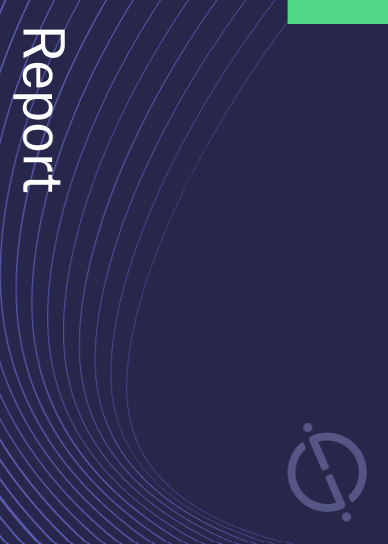Energy Focus. has filed a patent for a lubricating system that uses a pump to dispense lubricant onto a cable or wire being pulled through a conduit. The system includes a sensor to control the amount of lubricant and a custom bucket or bucket insert to ensure proper application and maximum usage of the lubricant. The patent claims have been canceled. GlobalData’s report on Energy Focus gives a 360-degree view of the company including its patenting strategy. Buy the report here.

Discover B2B Marketing That Performs
Combine business intelligence and editorial excellence to reach engaged professionals across 36 leading media platforms.
According to GlobalData’s company profile on Energy Focus, Smart lighting was a key innovation area identified from patents. Energy Focus's grant share as of September 2023 was 75%. Grant share is based on the ratio of number of grants to total number of patents.
Lubricating system for applying lubricant onto a cable
A recently filed patent (Publication Number: US20230288024A1) describes a system for lubricating cables, such as wire ropes or ropes, as they are being traversed through a container. The system includes a pump that forces viscous lubricant onto the cable, a sensor that generates signals indicating the rate of movement of the cable, and a pump controller that automatically adjusts the amount of lubricant based on the signals from the sensor.
The cable is drawn through the container using a pull-feed device, and the pump is fluidly coupled to the container through a conduit. The sensor is mounted to a spool from which the cable is being withdrawn, and the spool can be located externally to the container. After lubrication, the cable can be re-spooled onto the same spool or onto a second spool.
The signals generated by the sensor can provide data on the speed of rotation of the spool or the length of cable being withdrawn. This information is used by the pump controller to regulate the amount of lubricant applied to the cable. The pump includes a manual override control and a potentiometer that can adjust the flow-rate of the pump.
The pump also features an adjustable orifice through which the lubricant is forced. This orifice includes a motor-controlled clamping mechanism that communicates with the pump controller, allowing the controller to adjust the size of the orifice and control the amount of lubricant applied to the cable.
Another embodiment of the system includes two containers, with the first container storing the cable and the second container receiving the cable from the first container. The pump forces lubricant into the second container, and the amount of lubricant is automatically controlled by the pump controller based on the signals from the sensor.
In summary, this patent describes a system and method for lubricating cables as they are being traversed through a container. The system includes a pump, sensor, and pump controller that work together to regulate the amount of lubricant applied to the cable based on its rate of movement. The system offers various features such as adjustable orifices, manual override controls, and the ability to use multiple containers for cable lubrication.
To know more about GlobalData’s detailed insights on Energy Focus, buy the report here.
Data Insights
From

The gold standard of business intelligence.
Blending expert knowledge with cutting-edge technology, GlobalData’s unrivalled proprietary data will enable you to decode what’s happening in your market. You can make better informed decisions and gain a future-proof advantage over your competitors.




